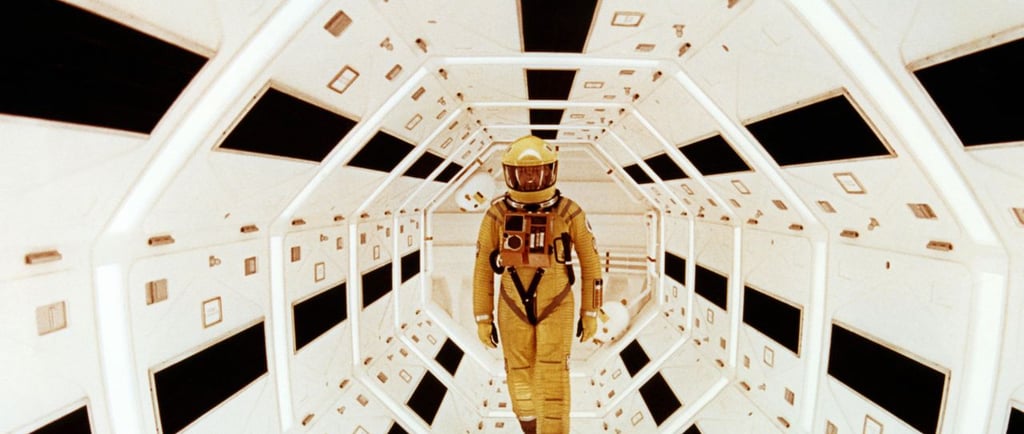
I try all things, I achieve what I can.
💊 Biomanufacturing in Space: A New Frontier for Medicine
“The only way of discovering the limits of the possible is to venture a little way past them into the impossible.” Profiles of the Future (1962) - Arthur C. Clarke
SPACE MEDICINE
6/17/20252 min read


The future of medicine may not just be shaped in laboratories on Earth — but far beyond it, in the unique environment of space.
On June 16, I attended a webinar on biomanufacturing in microgravity, featuring leading minds in the field: Esther Deena (Intuitive Machines), Heath Mills (Rhodium Scientific), and Giuseppe Fedegari (Fedegari Group). What we discussed wasn’t science fiction — it’s the real future of pharmaceuticals and biotech.
🌌 Why Space?
Microgravity and cosmic radiation present biological stressors we simply can’t replicate on Earth. Yet these stressors unlock surprising possibilities:
Unique genotypic shifts
→ gravitational acclimation
→ gain-of-function mutationsNovel physiologies
→ increased metabolic activity
→ changes in secondary metabolite productionFunctional advantages
→ more effective 3D cell culture
→ breakthroughs in bioprinting and tissue scaffolding
Space alters life at the cellular level — sometimes in ways that mimic accelerated aging or chronic disease.
🧠 Spaceflight & Human Disease: A Mirror of Aging
Interestingly, many physiological changes observed during spaceflight also occur in age-related diseases:
Diabetes
Alzheimer’s
Cardiovascular Disease
Cancer
Osteoporosis
Muscular Dystrophy
The absence of gravity, combined with low-dose radiation, impacts cell signaling, immune responses, and inflammation — creating a fast-forward lens on how disease evolves.
🔬 Natural Products & Pharmaceutical Potential
Nature is still the greatest pharmacist — and space may help us unlock more of its secrets:
Between 1940 and 2014, 85 out of 175 FDA-approved cancer drugs were derived from natural products
In microgravity, microbes behave differently:
→ Salmonella becomes more pathogenic
→ Staph. aureus becomes less pathogenic
Even drug formulations improve in orbit:
For example, Merck’s monoclonal antibody Keytruda showed better crystallization in space — a possible boost to shelf life and stability.
However, radiation remains a challenge for drug preservation — something future missions will have to overcome.
🚀 Introducing Zephyr: The First Orbital Drug Lab
The most exciting highlight? A joint international project called Zephyr — the first autonomous orbital modulededicated to experimental drug production in space.
From Houston to Pavia via Lugano, this collaboration shows what’s possible when boundaries dissolve between companies, countries, and disciplines.
Zephyr isn’t just a spacecraft — it’s a vision of the future, where life-saving innovations are born in orbit and brought back to Earth to improve human health.
🔗 Collaboration is the Only Way Forward
To build the future, we must partner with those who share the same bold vision — and who aren't afraid to tackle challenges once thought impossible.
As Rhodium Scientific puts it:
“We don’t just study biology in space — we translate it into quality-assured solutions for Earth and beyond.”
